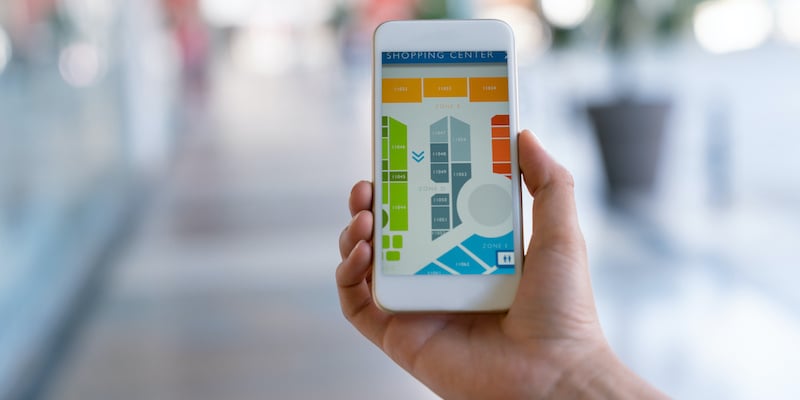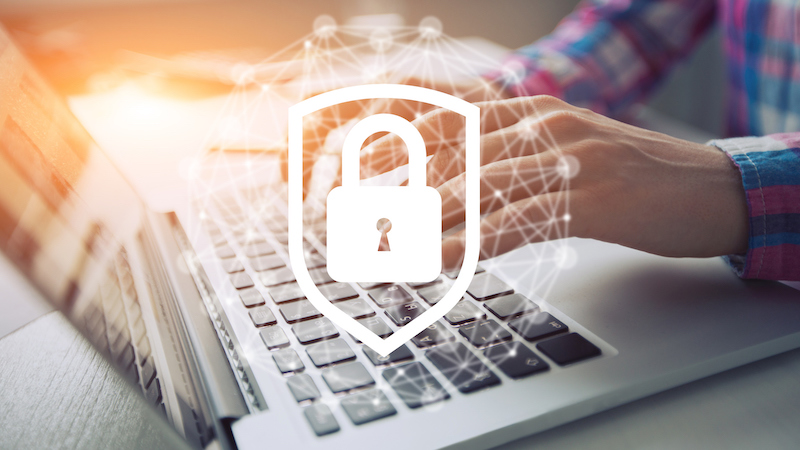COVID-19 Safety: How Indoor Positioning Can Enable Social Distancing
 Well before the stay-at-home mandates brought about by COVID-19, researchers found human beings spend about 70% of their time indoors.1 It follows, then, that one of the latest and most popular iterations of geospatial technology revolves around indoor spaces.
Well before the stay-at-home mandates brought about by COVID-19, researchers found human beings spend about 70% of their time indoors.1 It follows, then, that one of the latest and most popular iterations of geospatial technology revolves around indoor spaces.
What’s Indoor Positioning?
Indoor positioning combines the powerhouse capabilities of GPS, highly accurate real time mapping, and advanced sensors on smart devices to help users track positions of objects and people inside of structures and venues.
There are several indoor positioning formats — magnetic positioning, simultaneous localization and mapping (SLAM), radio-frequency identification (RFID), and mobile sensors — and savvy marketers are often leveraging them in combination with social media mapping to target would-be customers. With such vast sales-generating potential, it’s hardly a surprise that the value of the indoor positioning market is projected to hit roughly $41 billion by 2022.1
However, as the coronavirus continues to threaten the world’s populations with no predictable end or remedy currently in sight, indoor positioning may well prove beneficial beyond commerce.
Mitigating COVID-19 Exposure Risk
As in other parts of the world, calculated but cautious reopening strategies within the United States have people slowly warming to the idea of more frequent public interaction. Face coverings and other protocols are in place to offer certain protections from the virus.
However, even with 80% of Americans reporting “frequently or always masking” when expecting to be within 6 feet of other people2, the question remains: how can anyone accurately anticipate every possible social-distancing encounter?
The answers lies in indoor positioning. Users can consult the technology to, first, determine their location within a building or venue. Once known, indoor positioning can then mitigate COVID-19 exposure risk by providing real-time proximity of larger gatherings. The decision to proceed into or avoid these areas of potential health hazard becomes a personal, well-informed choice.
As location technologies and the global pandemic collide, the world has become simultaneously easier and more difficult to navigate. Indoor positioning provides capabilities to bridge the gap in some instances, and other GPS solutions will likely follow suit. Want to learn about additional trends in location technology? Read our eBook, 8 Location Technology Trends in 2020.
SOURCES
1Geospatial World, Indoor Positioning: What do you do in a building when your GPS stops working?, November 18, 2019
2New York Times, A Detailed Map of Who Is Wearing Masks in the U.S., July 17, 2020
Subscribe to ADCi's Blog
Related Posts

4 Location Technology Trends With Global Influence in 2020 (and Beyond)

CASE STUDY: HERE Map Data Ignites Solutions for Santa Clara County Fire Department
